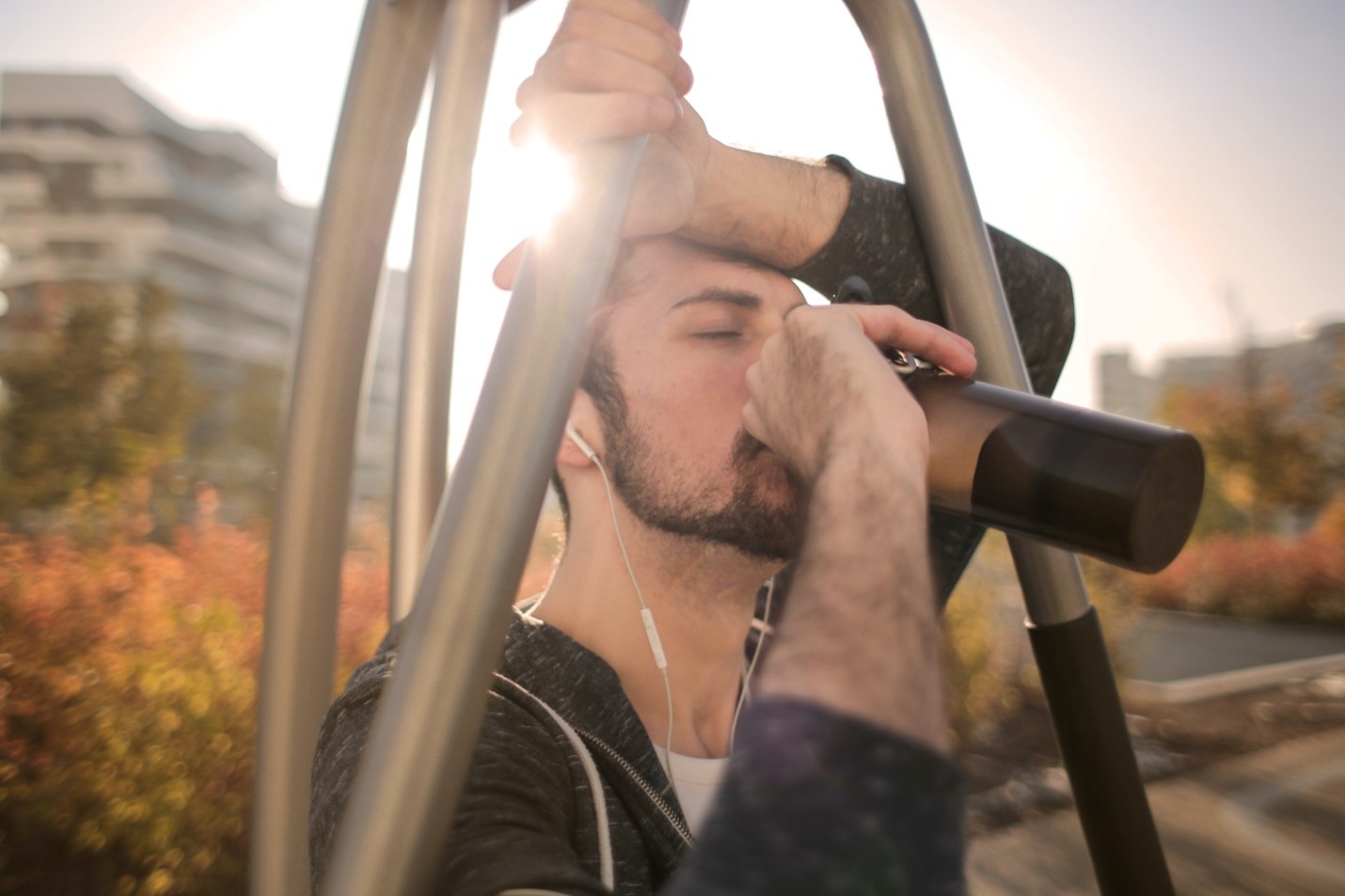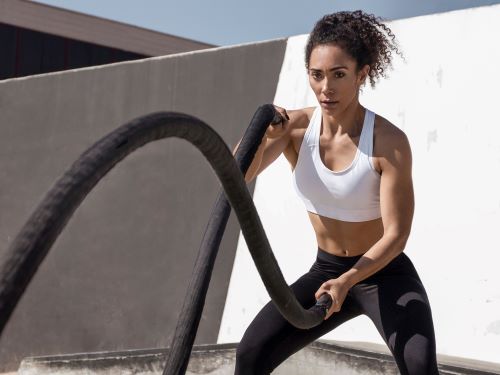When it comes to running, mastering proper breathing techniques can make all the difference between a leisurely jog and a powerful, efficient run. Whether you’re a beginner or a seasoned marathoner, understanding how to breathe correctly can help you maximize your endurance, speed, and overall performance. Breathing is something we do subconsciously, but during physical exertion, it pays to give it a bit more attention.
The foundation of effective running is rooted in oxygen delivery to your muscles. Your breathing techniques directly influence how well your body utilizes oxygen, which in turn affects your stamina and ability to push through challenging runs. If you’ve ever found yourself gasping for air or struggling with side stitches, chances are your breathing pattern needs some fine-tuning.
In this article, we will dive deep into various breathing techniques that can transform your running experience. From understanding diaphragmatic breathing and rhythmic breathing to learning how to sync your breath with your stride, we’ve got you covered. You’ll learn how to breathe more efficiently, reduce fatigue, and ultimately, enjoy your runs more.
Ready to take your running to the next level? Visit our website to learn more and get started today! Click here.
Importance of Proper Breathing for Runners

The significance of proper breathing techniques for running cannot be overstated. When you breathe efficiently, you maximize oxygen intake, which is crucial for fueling your muscles and maintaining endurance. Proper breathing helps in regulating your heart rate, improving your stamina, and enhancing your overall running performance.
One of the primary benefits of correct breathing is the reduction of muscle fatigue. When your muscles receive a steady supply of oxygen, they perform more effectively and recover faster. This is particularly important during long-distance runs or intense training sessions.
Another critical aspect is the prevention of side stitches, which are often caused by shallow or erratic breathing. By adopting a consistent and deep breathing pattern, you can minimize the risk of these uncomfortable cramps. Moreover, efficient breathing helps in reducing stress and anxiety, leading to a more enjoyable and focused running experience.
Proper breathing techniques also play a vital role in maintaining a healthy respiratory system. By strengthening your diaphragm and respiratory muscles, you enhance your lung capacity and efficiency. This not only benefits your running but also improves your overall cardiovascular health.
In essence, mastering the art of breathing is a game-changer for runners. It enables you to run longer, faster, and with greater ease, transforming your running routine into a more effective and enjoyable activity. As we delve deeper into specific techniques, you’ll discover how small adjustments in your breathing can lead to significant improvements in your running performance.
Techniques to Improve Breathing Efficiency

Improving your breathing efficiency is fundamental for achieving optimal running performance. Here are some effective techniques to help you master proper breathing techniques for running:
1. Diaphragmatic Breathing: Also known as belly breathing, this technique involves using your diaphragm to take deep, full breaths. Place one hand on your chest and the other on your abdomen. Inhale deeply through your nose, ensuring your abdomen rises more than your chest. This method increases oxygen intake and reduces the risk of shallow breathing.
2. Rhythmic Breathing: Coordinate your breaths with your strides to establish a consistent rhythm. A common pattern is the 2:2 ratio, where you inhale for two steps and exhale for two steps. For more intense running, try a 3:2 ratio, inhaling for three steps and exhaling for two. This technique helps distribute the impact of running more evenly across your body.
3. Nasal Breathing: Breathing through your nose warms and filters the air before it reaches your lungs, reducing the risk of respiratory issues. While it may be challenging at first, nasal breathing can improve your endurance and lung capacity over time.
4. Practice Breathing Exercises: Incorporate breathing exercises into your routine to strengthen your respiratory muscles. Techniques such as pursed-lip breathing, where you inhale through your nose and exhale slowly through pursed lips, can enhance your breathing control and efficiency.
5. Mindfulness and Relaxation: Stress and tension can negatively impact your breathing. Practice mindfulness and relaxation techniques, such as meditation or yoga, to keep your breath steady and calm. Focused breathing helps in maintaining a relaxed state, even during intense runs.
By integrating these techniques into your training, you’ll improve your breathing efficiency, leading to better stamina, reduced fatigue, and a more enjoyable running experience. As you become more adept at these methods, you’ll notice significant enhancements in your overall performance and endurance.
Common Breathing Mistakes to Avoid

Even seasoned runners can fall into poor breathing habits that hinder their performance. Identifying and correcting these mistakes is crucial for mastering proper breathing techniques for running. Here are some common breathing mistakes to avoid:
1. Shallow Breathing: Many runners tend to take shallow breaths, using only the upper part of their lungs. This limits oxygen intake and can lead to early fatigue. Focus on diaphragmatic breathing to ensure deep, full breaths that maximize oxygen delivery to your muscles.
2. Holding Your Breath: It’s easy to accidentally hold your breath during intense efforts, especially when you’re concentrating on maintaining your pace. This disrupts the oxygen supply and can cause a sudden drop in energy levels. Practice rhythmic breathing to keep a steady flow of air.
3. Inconsistent Breathing Patterns: Irregular breathing can cause discomfort and reduce efficiency. Establish a consistent breathing rhythm that matches your stride, such as the 2:2 or 3:2 ratio, to maintain a steady oxygen supply.
4. Over-breathing: Also known as hyperventilation, over-breathing can lead to dizziness and a decrease in performance. Aim for controlled, measured breaths rather than rapid, shallow ones. If you feel lightheaded, slow your pace and focus on deep, steady inhalations and exhalations.
5. Mouth Breathing: While it may seem natural, breathing primarily through your mouth can dry out your throat and increase the risk of respiratory issues. Practice nasal breathing to filter and humidify the air, especially during longer runs.
By being mindful of these common mistakes and making a conscious effort to correct them, you’ll enhance your running experience and improve your overall efficiency. Proper breathing not only boosts performance but also makes your runs more comfortable and enjoyable. Remember, the key is consistency and practice.
Breathing Exercises for Better Running
Improving your breathing technique can significantly enhance your running performance. Incorporating specific breathing exercises into your routine can help you develop better control and efficiency. Here are some key exercises to get you started:
1. Diaphragmatic Breathing: Also known as belly breathing, this exercise focuses on using your diaphragm rather than your chest. Lie on your back with one hand on your chest and the other on your abdomen. Take slow, deep breaths, ensuring your abdomen rises more than your chest. Practice this for a few minutes daily to strengthen your diaphragm.
2. Pursed Lip Breathing: This technique helps regulate your breathing and can be particularly useful during intense runs. Inhale slowly through your nose for two counts, then exhale through pursed lips for four counts. This method slows your breathing rate and improves oxygen exchange.
3. Cadence Breathing: Synchronize your breathing with your running stride to create a natural rhythm. For example, try a 2:2 pattern: inhale for two steps and exhale for two steps. Adjust the pattern to suit your pace and comfort level, ensuring a consistent and controlled breathing rate.
4. Box Breathing: This exercise promotes relaxation and focus. Inhale deeply for a count of four, hold your breath for four counts, exhale for four counts, and hold again for four counts. Repeat this cycle several times to calm your mind and body before or after a run.
5. Breath Counting: This mindfulness exercise helps improve breath awareness and control. Sit comfortably, close your eyes, and take a deep breath. As you exhale, count ‘one.’ Continue counting each exhale until you reach ten, then start over. This technique enhances concentration and ensures you maintain a steady breathing rhythm.
Integrating these breathing exercises into your training regimen can greatly improve your respiratory efficiency and overall running performance. With regular practice, you’ll find yourself breathing more easily and comfortably, allowing you to focus on enjoying your runs.
Integrating Breathing with Running Rhythm

Mastering the art of integrating your breathing with your running rhythm can elevate your performance, making your runs more efficient and enjoyable. The goal is to synchronize your breaths with your steps to create a seamless and natural flow.
Find Your Optimal Rhythm: Start by experimenting with different breathing patterns. A common approach is the 2:2 rhythm, where you inhale for two steps and exhale for two steps. However, you may find a 3:3 or 4:4 pattern more comfortable, especially during long-distance runs. The key is to find a rhythm that matches your pace and allows for deep, steady breaths.
Adjust for Intensity: As your running intensity changes, so should your breathing pattern. For example, during sprints or hill climbs, you might switch to a 2:1 pattern (inhale for two steps, exhale for one) to accommodate the increased demand for oxygen. Conversely, during a relaxed jog, you might revert to a slower 3:3 pattern. Being adaptable ensures that your breathing supports your physical exertion.
Practice Mindful Breathing: Pay attention to your breath as you run. Focus on taking deep, diaphragmatic breaths rather than shallow chest breaths. This not only improves oxygen intake but also reduces the risk of side stitches. Engaging in mindful breathing helps you stay present and connected to your body’s needs.
Use Breath as a Pacemaker: Let your breath guide your pace. If you find yourself breathing too rapidly and feeling out of control, it’s a sign to slow down. Conversely, if your breathing feels too easy, you might be able to pick up the pace. Using your breath as a pacemaker helps you maintain a sustainable and consistent effort throughout your run.
Integrating proper breathing techniques with your running rhythm can transform your experience, making each run smoother and more efficient. By practicing these strategies, you’ll not only improve your endurance and performance but also find greater joy in every step you take.
Ready to take your running to the next level? Visit our website to learn more and get started today! Click here.


